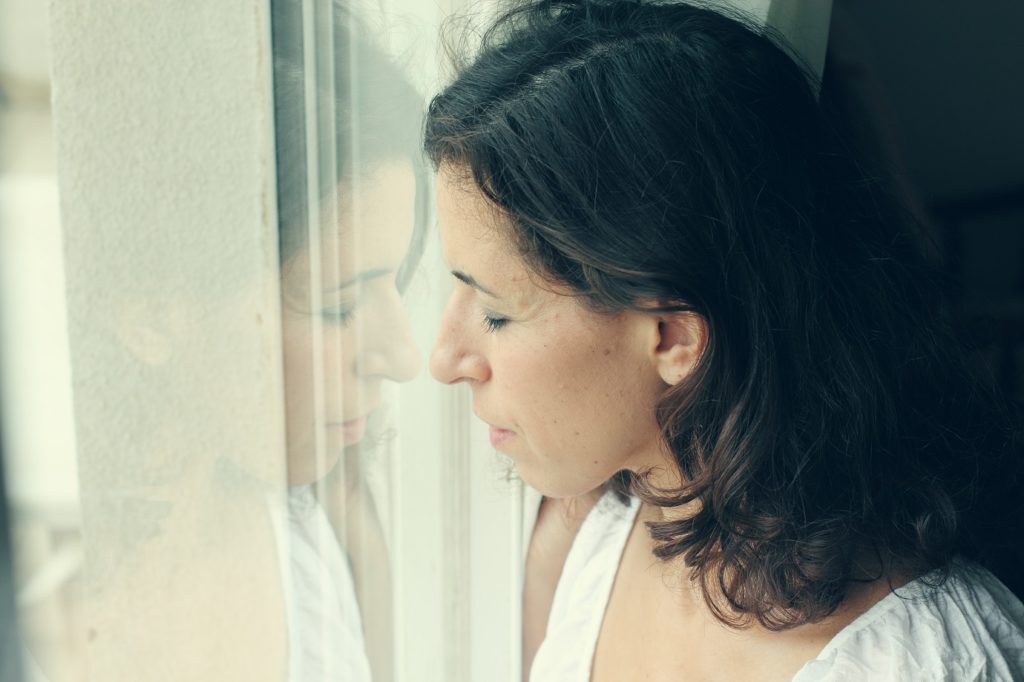Much of Australia is living in anticipation of the promised easing of restrictions when our eligible population reaches 70% vaccination. The easing of restrictions at this level of vaccination is based on Australian modelling from the Doherty Institute. Whilst the projections do show that it may be possible to ease restrictions and maintain some containment of the pandemic at these rates, the findings are complicated and nuanced which is often missing from public discussions.
Is opening at 70% really realistic?
The scientific answer to this question is a resounding maybe. The report shows a range of different outcomes which differ considerably based on some key assumptions. The spread of infection may be managed with rates of 70% vaccination if our public health workforce is able to maintain optimal functionality in terms of testing and contact tracing. This seems unlikely in states with high case numbers, like NSW and Victoria. If the public health response is only partially effective then medium level restrictions may be required.
Unsurprisingly, the modelling shows that it is safer to open up at 80% vaccination. Although unfortunately, even at these higher vaccination rates we need to prepare ourselves for ongoing low-level restrictions like face masks and capacity limits. The importance of this has been highlighted by the current spread of infections in the highly vaccinated populations of Israel and Singapore.
What does this mean for Australian women?
There is one thing the Australian modelling shows consistently. The easing of restrictions and resulting spread of infection will not affect everyone equally, which is not good news for women. Young children will have the highest case numbers as they aren’t yet eligible for vaccination, whilst people aged over 60 years will suffer the most severe disease and highest number of deaths.
This is likely to disproportionately affect women who are most often primary carers as well those most likely to provide care to older relatives. Women, who have already born the brunt of the pandemic workload, will once again be unfairly impacted. Whilst to date children have shown low rates of severe disease due to COVID-19, increases in childhood infections will result in sick days from school and childcare which will place an increased workload on women.
Women are already struggling in the pandemic, reporting higher levels of both anxiety and depression than men. There are a number of factors driving these unmanageable levels of stress and burnout. Whilst everyone experienced an increase in unpaid work resulting from ongoing lockdowns, this increase was more substantial for women who are performing on average 56% of the extra work. This translates in to approximately an extra hour of work each day on top of existing workloads for women compared to men.
Financial stress is also likely a contributing factor, with 8% per cent of Australian women losing their jobs during lockdowns compared to 4% of men and women less likely to receive government support. Within this population, some are disadvantaged even further with single parents, of which 80% are women, particularly at risk. Single mothers have been significantly more likely to leave the workforce with participation rates dropping by 10% during the initial lockdowns and rates of unemployment remaining low even after lockdowns were lifted. Adding additional barriers for women during the re-opening of Australia will further disadvantage those already struggling with the unmanageability of pandemic life.
Is vaccinating young children the answer?
For the moment, vaccinating the youngest in our population is not a possible solution. There are sound reasons for the vaccine rollout to be delayed in children. Safety data for this group is currently lacking. Whilst both Moderna and Pfizer are running trials in this age group, more study participants and data are required to ensure that the vaccines don’t cause significant adverse events in this population.
Who else will be most affected?
Women will not be the only group within Australia unfairly impacted as we attempt to return to ‘normal’ life. Those who are not vaccinated will be more severely affected and the vaccine rollout has not been equitable to date. For example, some Australian data has shown lower rates of vaccination in Aboriginal and Torres Strait Islanders who are more likely to suffer severe disease due to underlying conditions. Whilst vaccination data for other vulnerable populations, including those with a disability and prisoners, who are also more likely to have underlying conditions putting them at risk, is not routinely reported.
Pushing through plans to ease restrictions is understandable, given the far reaching economic and mental health impacts of ongoing lockdowns. But it is important for our policy makers to remember that any plans to open up need to consider the disproportionate impact this will likely have on women and other vulnerable populations.

